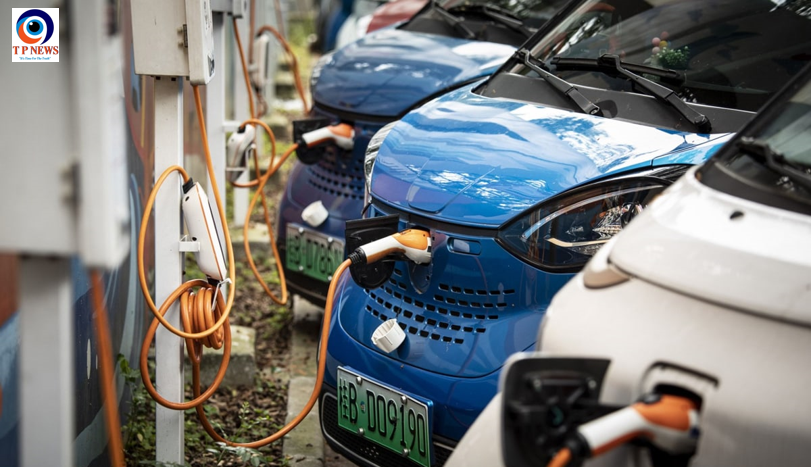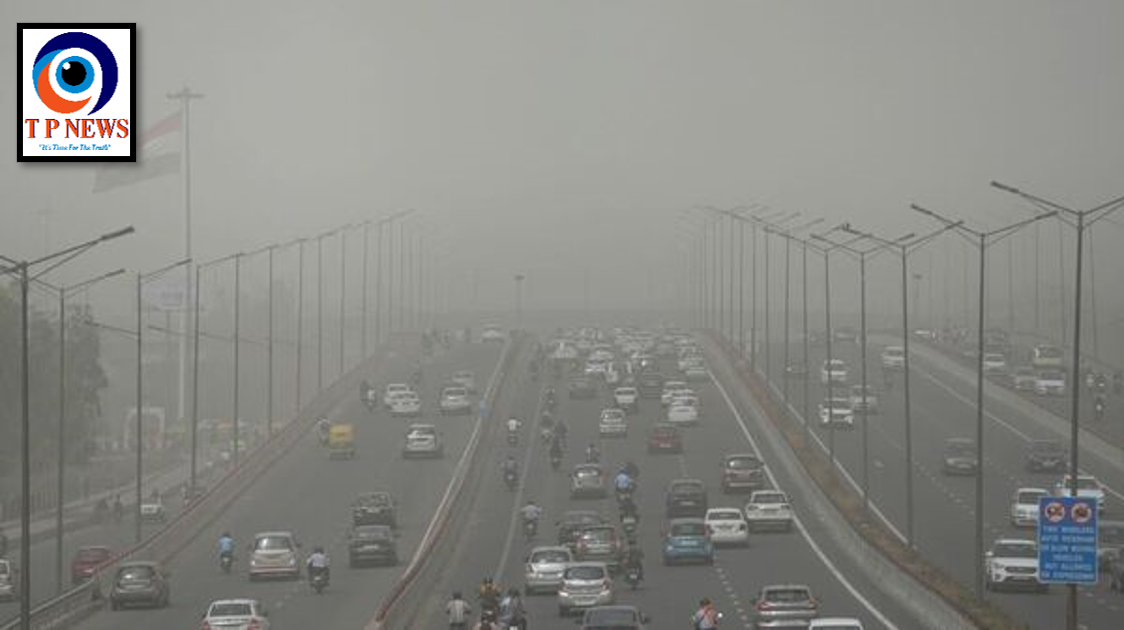A recent study conducted by emissions data analysis firm Emission Analytics has cast a shadow over the perceived environmental benefits of electric vehicles (EVs), revealing that they might emit more particle pollution than their petrol and diesel counterparts. This revelation comes at a time when the world is increasingly turning to EVs as a solution to combat climate change, driven by the belief that they offer a cleaner alternative to fossil fuel-powered vehicles.
The Weight of the Matter: Electric Vehicles Under Scrutiny
Central to the study’s findings is the significant particulate matter released from the brakes and tires of vehicles. Unlike petrol and diesel cars that have seen substantial improvements in exhaust filtration systems, EVs, with their heavier weight due to large batteries, exert more pressure on their brakes and tires. This increased wear and tear lead to a higher emission of toxic particles. According to Emission Analytics, the particulate matter released from the wear of brakes and tires in EVs could be as much as 1,850 times greater than that from modern gas-powered vehicles.
The Heavy Toll of EV Batteries
The study points to the hefty batteries that power EVs as a primary contributor to this environmental concern. With EVs like the Tesla Model Y and Ford F-150 Lightning featuring batteries that weigh around 1,800 pounds, the strain on tires and brakes intensifies, accelerating the degradation process and, subsequently, the emission of harmful particles. Specifically, tyre wear emissions from an EV with a half-tonne battery are suggested to be over 400 times higher than exhaust emissions from a contemporary petrol vehicle.
Rethinking Environmental Impact Assessments
While the automotive industry and environmental policy have largely focused on reducing tailpipe emissions in the transition to electric mobility, this study underscores the necessity of broadening the scope of environmental impact assessments. The findings highlight the importance of considering non-exhaust emissions, such as those arising from tire and brake wear, in the overall evaluation of a vehicle’s environmental footprint.
Implications for Future Mobility Solutions
The implications of these findings are significant, suggesting that the move towards electric mobility may not be as environmentally benign as previously thought. This calls for a reevaluation of strategies aimed at reducing the transportation sector’s impact on the planet. Innovations in vehicle design, such as lighter materials for batteries and improvements in tire composition, could mitigate these issues, ensuring that electric vehicles can truly deliver on their promise of cleaner transportation.
As the conversation around sustainable mobility evolves, it’s clear that a holistic approach to assessing environmental impact—beyond just tailpipe emissions—is essential. Only by addressing all sources of pollution can the dream of a truly green transportation future be realized.




